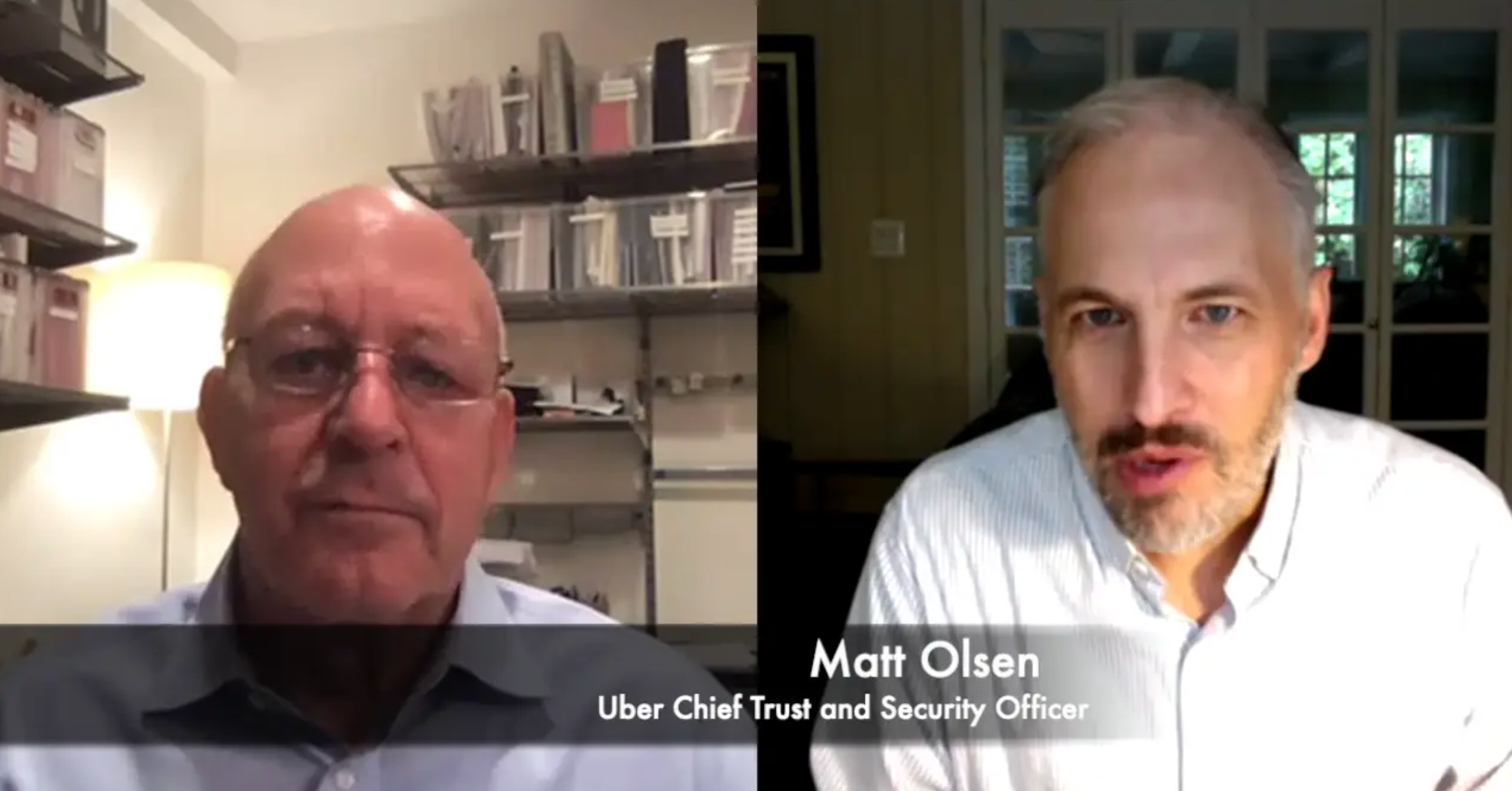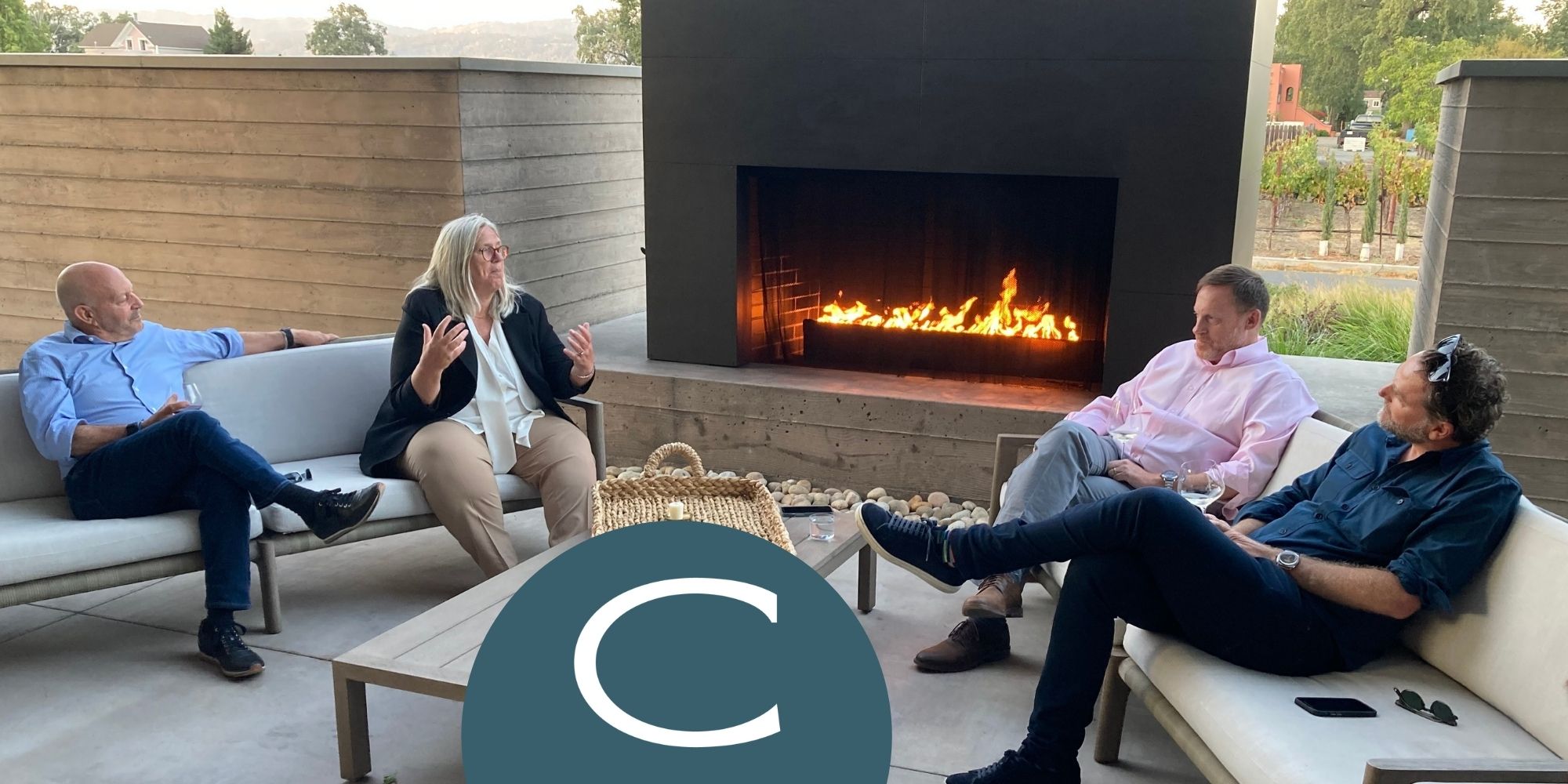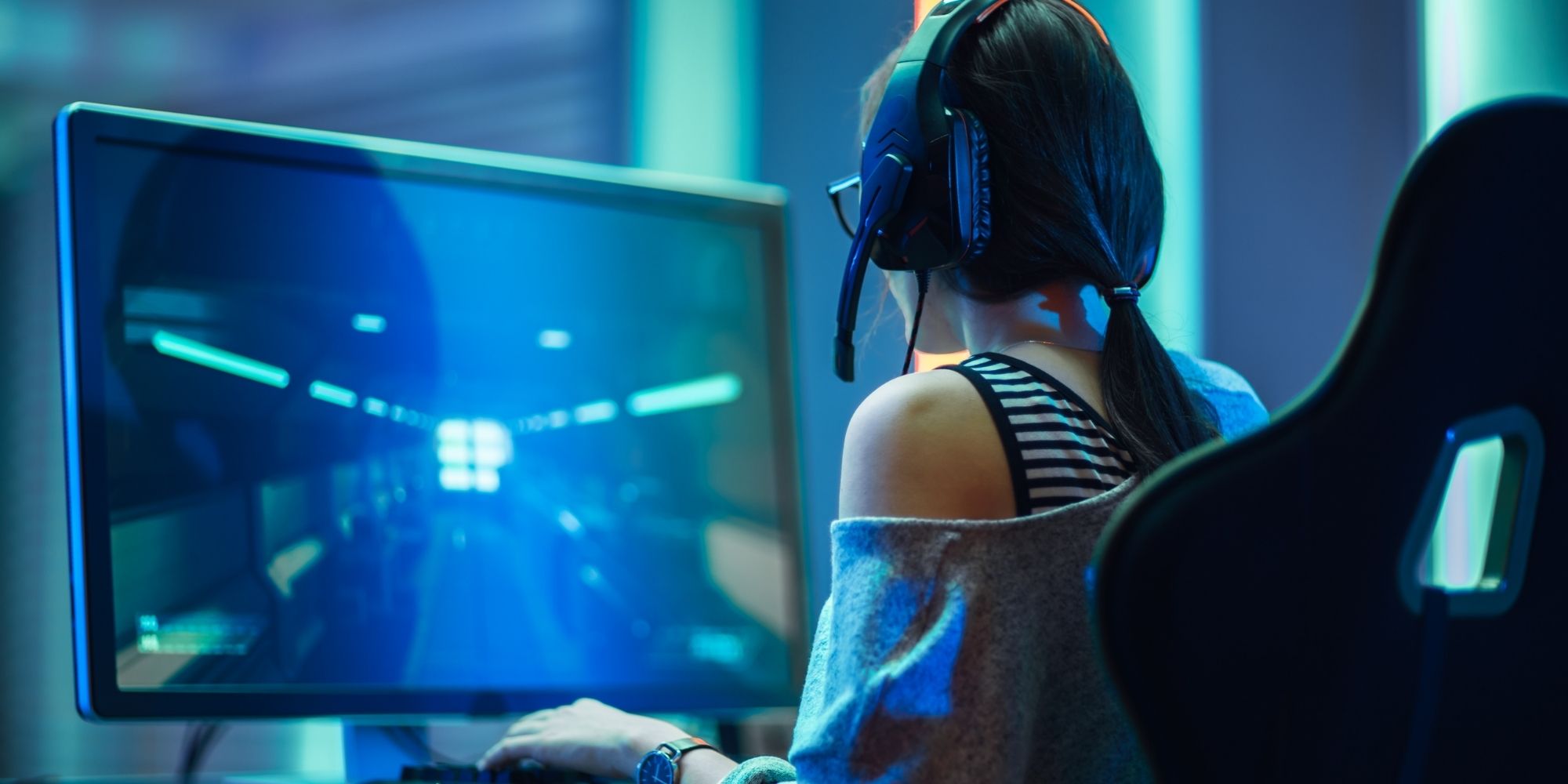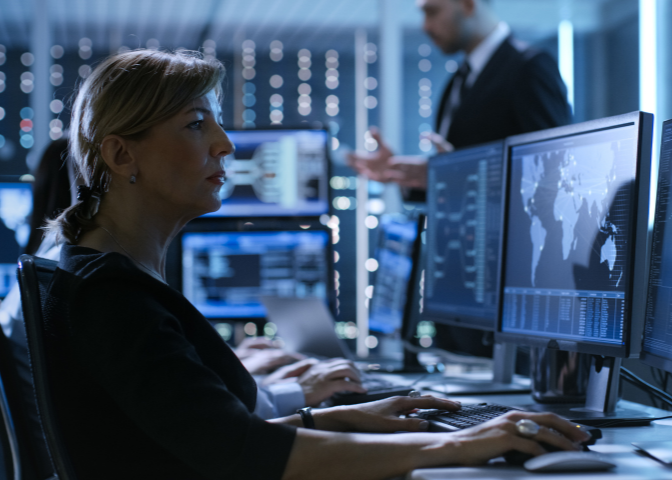Throughout this past week, Concentric Advisors’ CEO Mike LeFever sat down with four experts for their unique perspectives on instability surrounding and impacting the upcoming election. Retired Admiral Mike LeFever asked each speaker what their top concerns were surrounding the upcoming election, what the top unique factors for the 2020 election cycle, and what indications should be closely monitored.
Nils Gilman, Vice President of Programs at the Berggruen Institute
With extensive expertise within climate change, globalization and geopolitics, international security, political economy, technology, and US politics Gilman is an intellectual historian of the western social sciences who focuses on historical precedents and contexts for current analysis.
Jamil Jaffar, IronNet Cybersecurity and National Security Institute
Combined experience within the US government, academics, and tech start up industries Jamil provides a well-rounded perspective on significant election factors.
Satish Narayanan, Founder of the Sarratt Group
Providing strategic intelligence, risk analysis, and mitigation amidst uncertainty and changing dynamics Satish brings 25 years of experience spanning both government and business around the globe.
Matt Olsen, Chief Trust and Security Officer at Uber
Having worked over two decades as a leading government official on national security, intelligence, and law enforcement issues Matt’s experience as the presidentially appointed Director of National Counterterrorism center and time as General Counsel for the National Security Agency merit his unique perspective of the election.
Top Concerns
Each interviewee justified a litany of concerns they are considering for the upcoming election, including foreign interference, disinformation and misinformation, and the actual-or perception of-election illegitimacy.
Jamil Jaffar cited the Russian interference during the 2016 election “the most effective covert influence operation in history” as a result of its success in undermining belief in the US electoral system and officials as well as the rule of law. The main difference in this upcoming election is not only the repeat resolve by Russians, but Iran and Chinese operatives’ intent to undermine, as well. Ultimately, Jaffar states, even though we know the interference is happening, “that doesn’t mean we are prepared for it”.
Matt Olsen validates the sentiment of lack of preparedness when it comes to disinformation campaigns seen from Russia in 2016 and corroborated by the intelligence community in Russia’s support of Trump’s election. Olsen and Jaffar agree that although we can more readily identify the threat and the intimidation attempts, such as the recent email sent from The Proud Boys to intimidate voters reportedly enabled by Iranian actors, we are no better situated to minimize its effect on the voting populace.
Similar to the 2016 interference, the continued vulnerability of the American people, as expounded on by Jaffar, is the most difficult aspect. By and large, these misinformation campaigns merely amplify domestic voices in order to undermine our own democracy. Our nation’s susceptibility to lies and conspiracy theories only plays into the hands of these foreign actors, as the truth becomes less exciting or sensationalized than a lie. Our distraction from truth and focus on what divides us, vice unifies, only enables our influencing and our adversaries’ success.
Nils Gilman’s major source of concerns is that the election could be stolen, or perceived as stolen, through voter intimidation, fraud, or candidate attempts to nullify votes. Any scenario in which the results are not perceived as legitimate by the American public could then directly result in political violence before, during, and after Election Day.
Unique 2020 Factors
To quote Narayanan, the primary unique factors are “Trump, Trump, Trump, and a little bit of COVID”. Gilman concurs that having a President that is “unbounded by norms and largely unrestrained by his party” is one of the more unique factors for this upcoming election. The other is COVID and how it has changed how the nation is voting.
Voter suppression, as a result of either COVID and/or voter intimidation, is prevalent this year unlike any other. Unique to this year as well, the nation anticipates the majority of the voting to be conducted via mail-in ballots, with those who have already voted in the 2020 election exceeding the total number of those who voted via all methods in 2016. Safely voting is the nation’s priority; however, that has unintended consequences on the election system, inevitably delaying the result as record numbers are counted. Olsen makes the point to foot stomp “mail in voting is safe; there is not widespread fraud in mail in voting”.
The perception of an illegitimate election as a result of this delay could have extreme consequences on the nation. Gilman brings us through a scenario of what these delays could mean in a crucial state like Pennsylvania. On Election Day, in person votes would be counted first and Pennsylvania has a rule that mail in ballots cannot be opened until the polls have closed on Election Day. Historically, there has been a political alignment between those who tend to prioritize voting in person vs those who choose to mail their votes with Republicans mostly choosing the in-person option. While COVID may sway those historical alignments, we could hypothetically see a scenario where Election Day results would show Trump winning the votes and the mail-in votes swaying for Biden. Trump could then challenge the counting of mail in ballots at all of the precincts and would only have to run out the clock to December 8th when state voting results need to be submitted. Even if Trump were only able to block half of the mail-in ballots from by counted by December 8th, he would most likely still be ahead from the in-person voting tally. In this scenario, Gilman argues, both Republicans and Democrats will have valid concerns about the legitimacy of the election.
While social media certainly took a front row seat to the election discussions in 2016, we have only seen its role broaden since then, especially as COVID has led most to depend on it for social interaction. Also recent to this year, have social media companies, such as Facebook and YouTube made efforts to highlight misinformation or even remove misleading content from the sites. Unfortunately, these efforts have not quite kept up with the overuse and misuse of the platform from various nefarious actors, including conspiracy theorists like QAnon and white supremacists. Olsen points out that in the past, these minority groups would have had a hard time finding each other much less inciting acts, but in the age of social media, they are enabled and their message easily and widely disseminated. FBI has been clear that the #1 threat in the US is from violent white supremacists. “We have a virgin-ing white supremacist movement in the US and its incumbent on us to take this threat seriously and do what we can to counter it”, Olsen states.
Olsen also acknowledges the hard discussion we need to have as a nation as to what we are willing to tolerate on the thin line between hateful speech and inciting violence, as well as what options we have short of suppressing speech. Olsen states how sympathetic he is to the hard responsibility that social media platforms have on the topic and emphasizes how important is the effort to protect people’s right to free speech, no matter if hateful or hurtful. However, inciting violence is not protected under the 1st Amendment. Ultimately, Olsen argues, we need more urgency and resources put to this hard problem set.
Recommendations for Our Way Ahead
An underlying consensus of collaboration was present across the interviews. “What do you need to get this done?”; is the question that needs to be asked, according to Narayanan . This goes from intra-government cohesion but also carries to the private sector, as well. Jaffar states “we need to be better about information sharing between the private sector and the government”. While there is still discord between Silicon Valley and DC, only through their collaboration will we succeed in answering our nation’s toughest problems.
Gilman states “we have global challenges that can only be confronted through technological innovation including innovation in the business processes surrounding the technologies themselves and that is where the government could make a huge difference”. This would be especially influential in the green tech industry where, he states, “[we] need an all hands-on deck, massive government investment in core technology research and creating markets for those technologies”, similar to what the government provided for the internet and microchip computing. Additionally, Gilman recommends a refocus on B2B (Business to Business) initiatives vice the current B2C (Business to Consumer) profile that isn’t focused on productivity.
This collaboration does stop within the nation, but also with re-prioritizing our relationships with our allies. Olsen argues that while those relationships seem to have taken a back seat during the current Administration, they have been especially ignored while we focus on this election cycle. However, he notes, “when we start to lose those relations, we are much weaker as a country and unable to attain our goals in the global community”. COVID is a prime example of a mutual problem set that requires constant communication and collaboration to work through. Gilman calls these mutual problems “quintessentially globally-shared risks” of which human migration, international security, counter proliferation, and emerging technology risks are also included.
Equally important as collaboration, each of the speakers focused on the way ahead for human rights. Gilman states there has been an “incredible breakdown of social trust and basic norms of stability; we need a truth commission to get everyone on the same page of what has happened”. It used to be that “everyone is entitled to their own opinion but not their own facts”. Now, it is as if facts are subjective. Additionally, Olsen argues, we need to have a country-wide conversation on what we are willing to tolerate on the hateful/hurtful to inciting language. We benefit from having a strong Constitution and an educated populace on their rights according to the 1st Amendment of that Constitution, but Olsen points out that the 1st Amendment does not protect against inciting violence. So, where is that line? That is up to the American people to determine.
“We need to get the US human rights in order from police brutality to family separation on the border”, Gilman notes, in order to start countering what he calls the “basic dehumanization of others we have seen in the past 3-4 years”. Ending on a positive note, Olsen states he is encouraged by the current state of affairs in that there has been broad consensus across the community about the importance of Black Lives Matters and the need for foundational organizational change in order to better our nation, as a whole. “Overall, I’m encouraged by the overall trajectory”.






